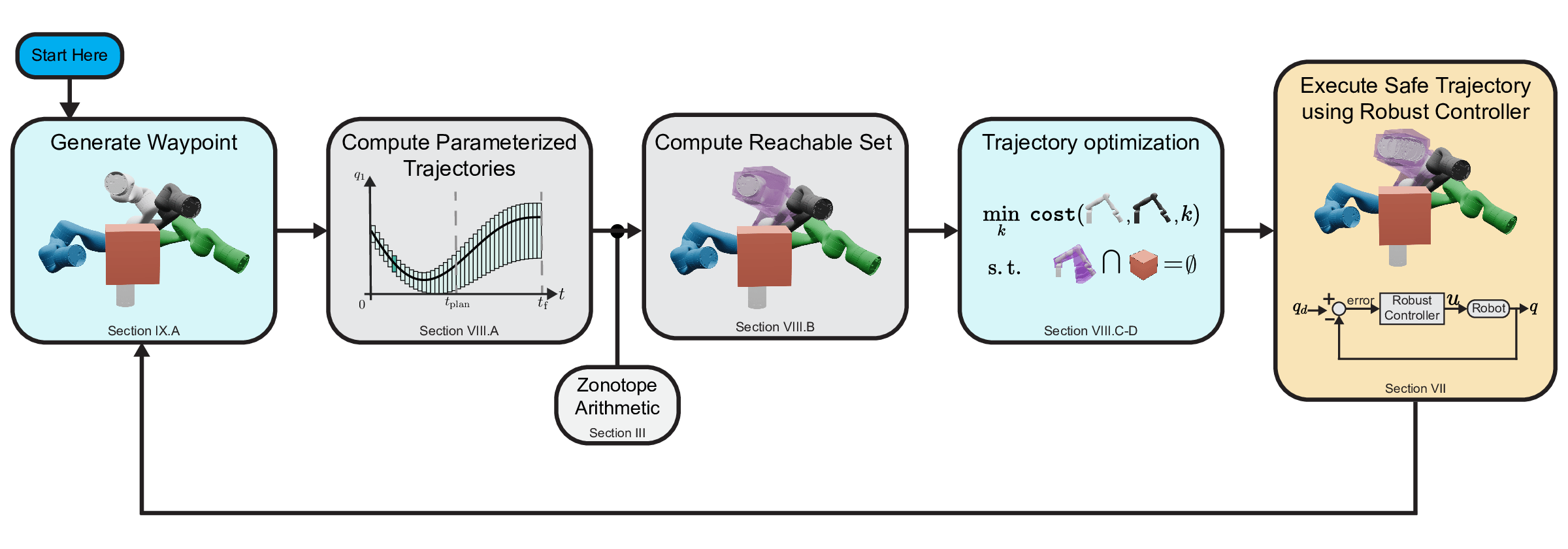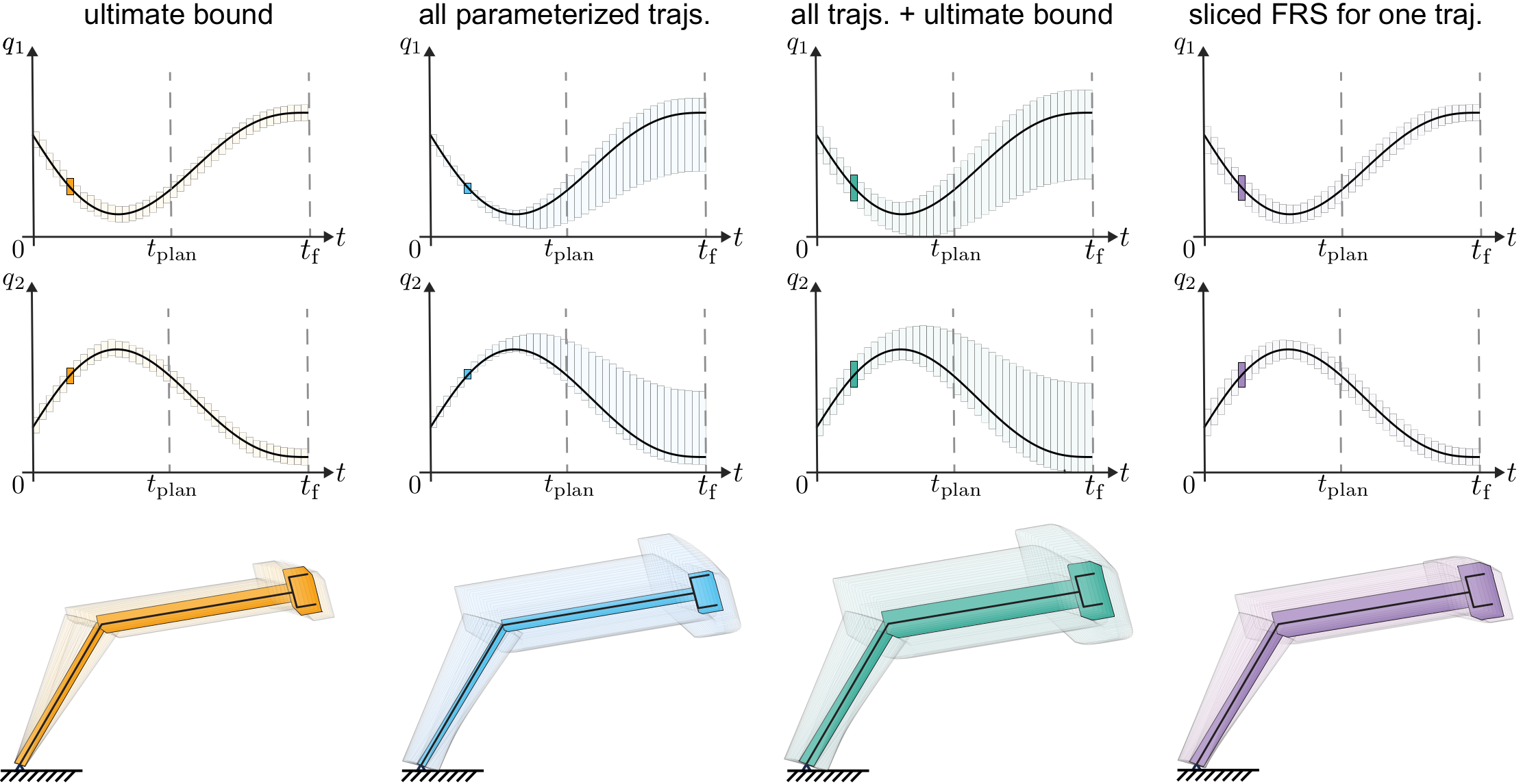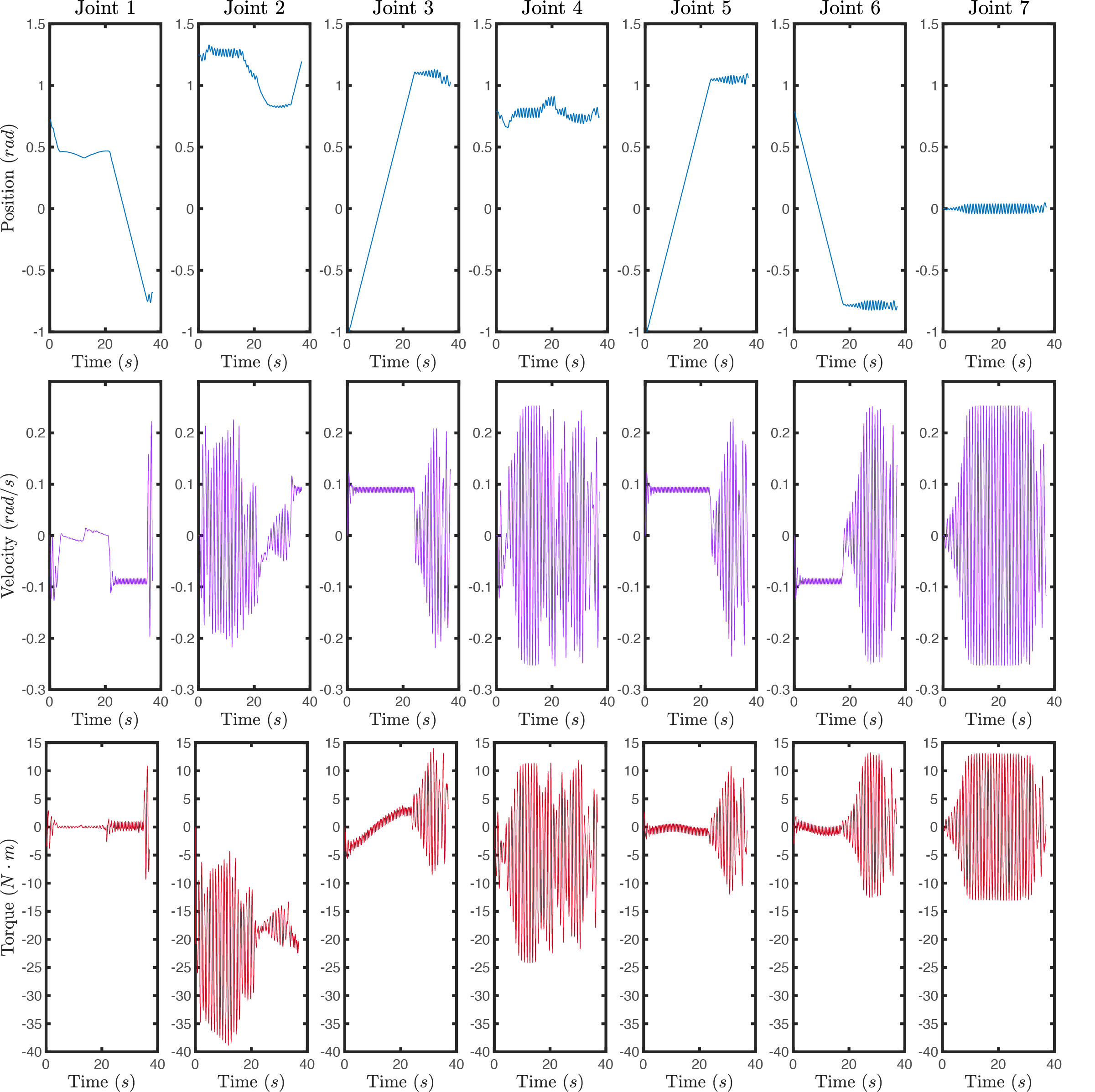Autonomous Robust Manipulation via Optimization with Uncertainty-aware Reachability
Can’t Touch This: Real-Time, Safe Motion Planning and Control for Manipulators Under Uncertainty
Jonathan Michaux
Patrick Holmes
Bohao Zhang
Che Chen
Baiyue Wang
Shrey Sahgal
Tiancheng Zhang
Sidhartha Dey
Shreyas Kousik
Ram Vasudevan




